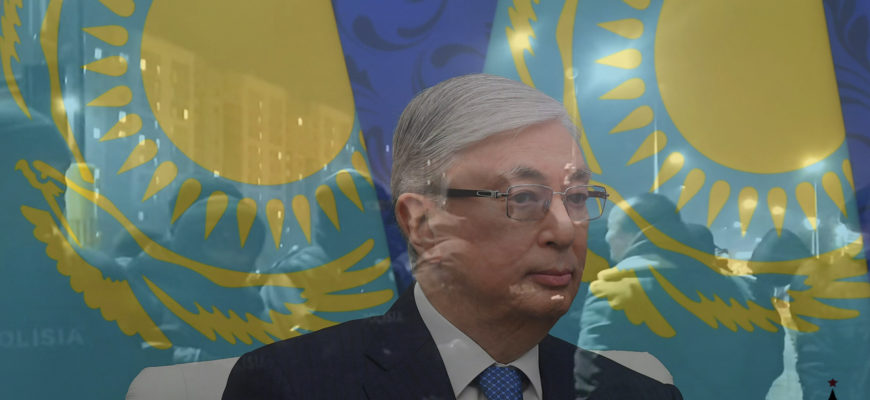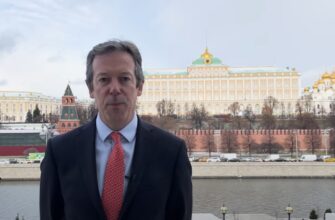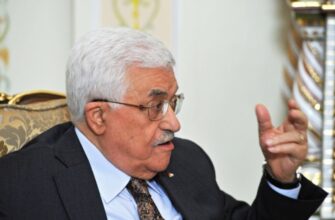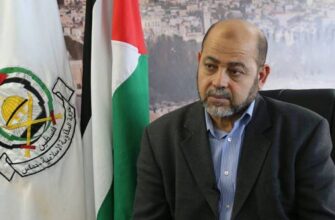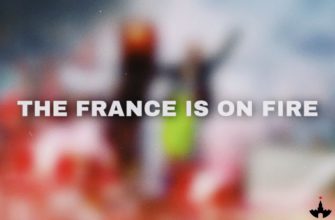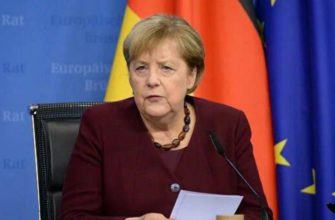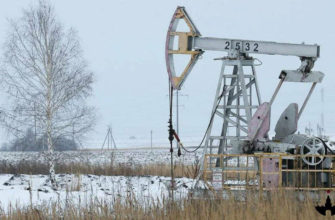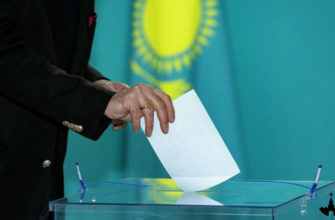How did it all start?
On January 1, 2022, the sale of liquefied petroleum gas through electronic commodity exchanges was finally completed. Prices were doubled, which sharply caused discontent among the citizens of Kazakhstan.
Residents demanded to reduce the cost of gas to 60 tenge / litre (~10 rubles), taking into account the size of the minimum wage in the country.
On January 2, residents of Zhanaozen and Aktau took to the streets en masse with a protest and a call to reduce fuel prices. In a few days, protests have covered the whole of Kazakhstan, in particular the largest cities — Alma-Ata and Nur-Sultan.
In a few days, the protesters in the Mangystau region changed their initial demands, they added to the reduction in gas prices an increase in wages, a solution to the shortage of drinking water and the immediate resignation of the government.
According to local media, protests were held in Zhanaozen, Kuryk, Akshukur and Atyrau. One of the largest protest actions was staged in the last city, where thousands of dissatisfied people gathered on the square near the administration building.
On January 5, the work of the Alma-Ata airport was paralyzed by protesters, passengers managed to get out through the storage warehouse before it stopped functioning altogether. Soon airport workers reported that the protesters also destroyed the internal terminal and Duty Free.
On the same day, protesters in Alma-Ata broke into the city administration building in Aktobe, they were armed with rebar, sticks and shields. The administration staff were taken out of the building even before the protesters attempted an assault. The police used stun grenades and gas against the protesters.
Shooting to kill and the help by Russian peacekeepers: how the authorities are trying to suppress the protests
On January 4 and 5, mass clashes between protesters and security forces took place in Alma-Ata and other cities.
On January 4, President of Kazakhstan Kassym-Jomart Tokayev announced on Twitter that “in order to ensure the stability of citizens”, the government decided to reduce the price of liquefied gas to 50 tenge per liter.
On January 5, President Kassym-Jomart Tokayev adopted a decree on the resignation of the government of the country; the document was published on the website of the head of state on the same day. The head of the government was Askar Mamin, who has been Prime Minister since February 2019.
Tokayev also said that he now heads the republic’s Security Council, previously headed by former head of state Nursultan Nazarbayev.
On the same day, the current head of Kazakhstan introduced a state of emergency in the capital from January 5 to January 19. A curfew was imposed in the capital of Kazakhstan for the period of the state of emergency.
Entry and exit from Alma-Ata, as well as the sale of weapons are restricted due to the introduced regulations.
“In connection with a serious and immediate threat to the security of citizens, in order to ensure security, restore law and order, protect the rights and freedoms of citizens, introduce a state of emergency within the borders of the city of Nur-Sultan,” — the presidential decree says.
In an emergency, the authorities temporarily suspended the operation of the Internet and social networks, and several television channels stopped working “to ensure the safety of citizens”.
On the evening of January 5, President of Kazakhstan Kassym-Jomart Tokayev appealed to the CSTO member states for help in suppressing the riots.
“Given that these terrorist gangs are essentially international, they have received serious training abroad, their attack on Kazakhstan can be considered as an act of aggression. In this regard, relying on the collective security Treaty, today I appealed to the heads of the CSTO states with a request to assist Kazakhstan in overcoming this terrorist threat,” — the president said in a statement.
On January 6, the CSTO Council sent troops to help the Kazakh authorities. Military units from Russia were the first to arrive in Kazakhstan and have already begun to carry out a “peacekeeping mission”. According to RIA Novosti, all members of the organization participated in the peacekeeping mission in Kazakhstan: Russia, Armenia, Belarus, Kyrgyzstan, Tajikistan.
Stanislav Zas noted that the peacekeepers will protect strategic facilities of Kazakhstan and help maintain order in the republic, but they will not participate in the dispersal of demonstrations.
The approved number of peacekeepers in Kazakhstan is 2.5 thousand people, as reported by the Secretary General of the CSTO, he also noted that if necessary, it can be strengthened.
Nowadays in Kazakhstan
On January 5, President of Kazakhstan Kassym-Jomart Tokayev, among other things, announced that he would head the Security Council, whose head was Nursultan Nazarbayev. It is known that since the beginning of the protests, the first president of the Republic of Nazarbayev has not made public statements, has not commented on his own resignation from the post of head of the country’s Security Council and has not assessed the actions taking place.
It is reported that, probably, Nursultan Nazarbayev, along with his relatives, left Kazakhstan.
On the morning of January 7, Kassym-Jomart Tokayev gave an order to the law enforcement agencies and the army of Kazakhstan to shoot to kill without warning, since the Kazakh authorities “do not intend to negotiate with murderers and criminals”.
According to the chief of Police of Alma-Ata Kanat Timerdenov, more than 120 cars were burned during these few days of protests, 33 police cars, firefighters and ambulances were among those burned. According to law enforcement officers, there were snipers and bandits among the terrorists who attacked the security forces. As a result of the riots, 18 security officers were killed, 748 more police officers were injured. More than one thousand victims and almost 400 are hospitalized in different regions of the country.
On the sixth day of the protests, the head of Kazakhstan announced that “constitutional order has basically been restored in all regions of the country”. Russian peacekeepers, together with local law enforcement agencies, took Alma-Ata airport under full control. According to the Khabar 24 TV channel, Alma-Ata International Airport will not work until January 9.
According to local media, more than three thousand criminals have been detained so far, 26 people have been eliminated, and another 18 armed terrorists have been wounded.
On January 6, the Prosecutor General’s Office of Kazakhstan opened criminal cases under articles on organizing and participating in mass riots, pre-trial investigations began under article 255 on terrorism and article 272 on mass riots of the Criminal Code of Kazakhstan. Participants and those guilty under these articles face both eight years in prison and up to life imprisonment. The Prosecutor General’s Office explained that Tokayev was instructed to create an interdepartmental investigation group, which included the most experienced law enforcement officers, to investigate cases at the initial stages of the suppression of protests.
